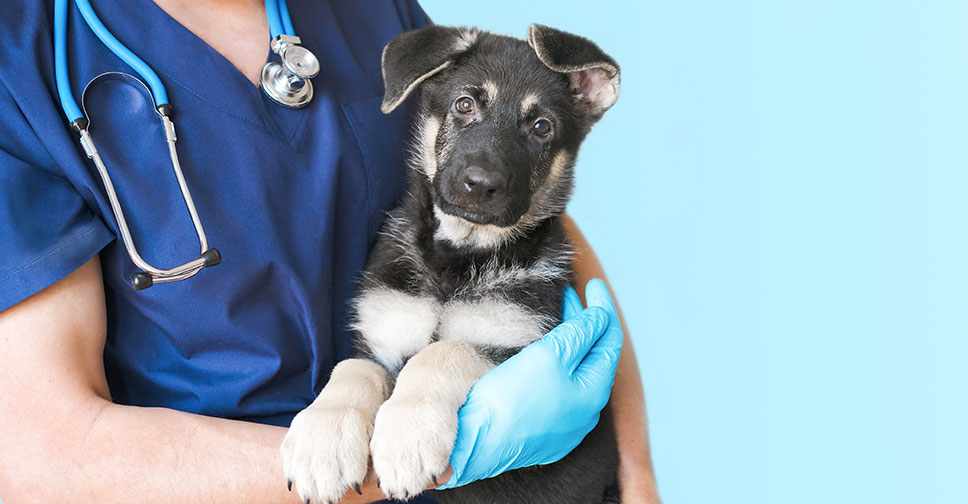
Epilepsy and Seizures
What is a seizure?
What causes seizures?
There are many causes of seizures. Idiopathic epilepsy, the most common cause of seizures in the dog, is an inherited disorder, but its exact cause is unknown. Other causes include liver disease, kidney failure, brain tumours, brain trauma, and toxins. Seizures often occur at times of changing brain activity, such as during excitement or feeding or as the dog is falling asleep or waking up. Affected dogs can appear completely normal between seizures.
What happens during a typical seizure?
Seizures consist of three phases:
The pre-ictal phase (aura) is a period of altered behaviour in which a dog may hide, appear nervous or seek company. This may last a few seconds to a few hours. This period precedes the seizure activity.
The ictal phase (seizure) can last from a few seconds to several minutes and can vary in appearance. The ictal phase can range from mild changes in mental awareness, such as a dazed look, mild shaking, staring aimlessly, and licking lips, to a complete loss of consciousness and body function. If the dog experiences a grand mal, or full-blown seizure with loss of consciousness, all the muscles of the body move spastically and erratically. The dog usually falls over on their side and paddle their legs while seeming to be otherwise paralysed. The head will often be drawn backward. Urination, defecation, and salivation may occur. If the seizure has not stopped within five minutes, the dog is said to be in status epilepticus or prolonged seizure.
During the post-ictal phase or the period immediately after the seizure, there is usually confusion, disorientation, salivation, pacing, restlessness, and/or temporary blindness. There is no direct correlation between the severity of the seizure and the duration of the post-ictal phase.
Is a seizure painful or dangerous for my dog?
Despite the dramatic and violent appearance of a seizure, seizures are not painful, although your dog may feel confused. Dogs do not swallow their tongues during a seizure. DO NOT put your fingers into their mouth as you can be badly bitten. The important thing is to keep your dog from falling or hurting themselves. If they are on the ground, there is little chance of harm occurring.
How is the cause of seizures determined?
After your dog has a seizure, your veterinarian will take a history, perform a physical examination, and discuss blood and urine testing. Depending on the results, your veterinarian may recommend further testing such as CT scan and MRI.
Idiopathic Canine Epilepsy, the most common cause of seizures is a diagnosis of exclusion which means we ensure we do not have other causes. Idiopathic is a medical way of saying “we don’t know what is causing this.”
How are seizures treated or prevented?
Treatment usually begins after a dog has:
- More than one seizure per month.
- Clusters of seizures where one seizure is immediately followed by another.
- Grand mal seizures that are severe or prolonged in duration.
There are 3-4 main long-term medications that we use to manage seizures and some dogs can require multiple drugs. Your Pet’s Vet also uses CBD oil (canniboid oil) with excellent success.
